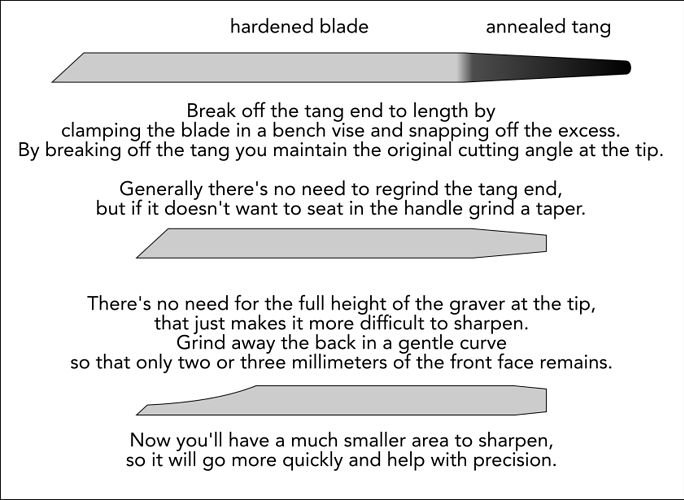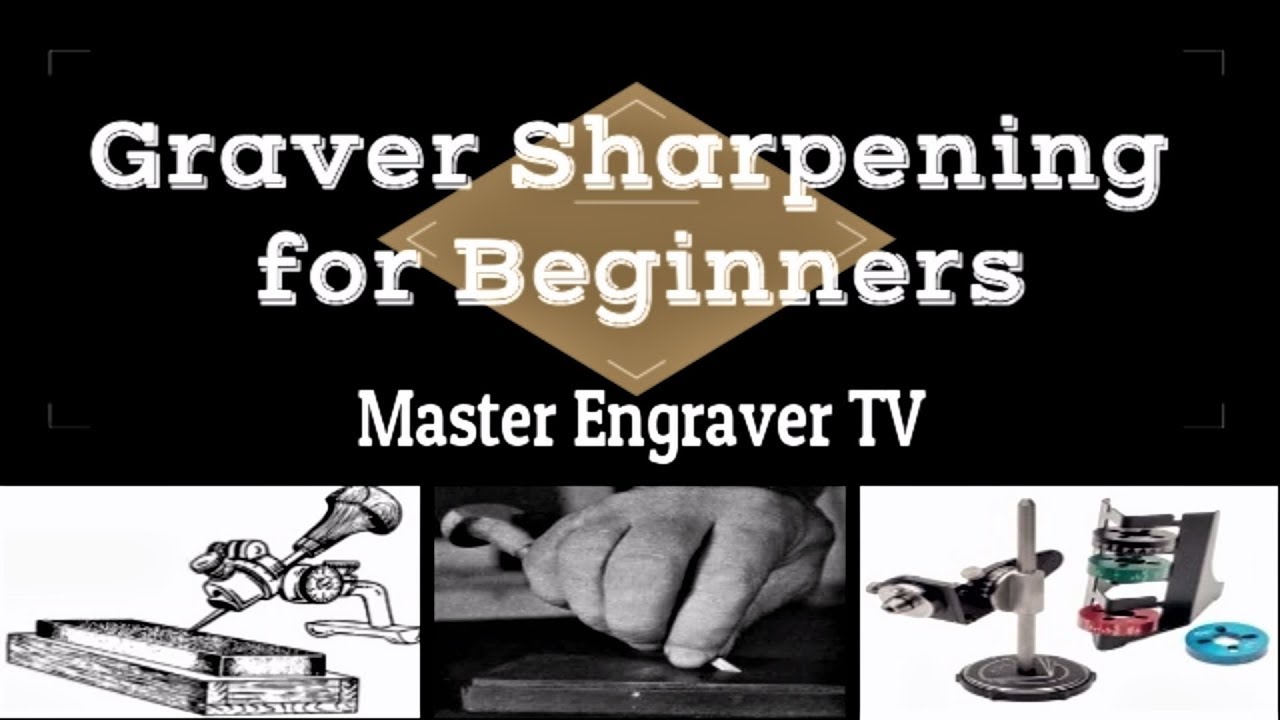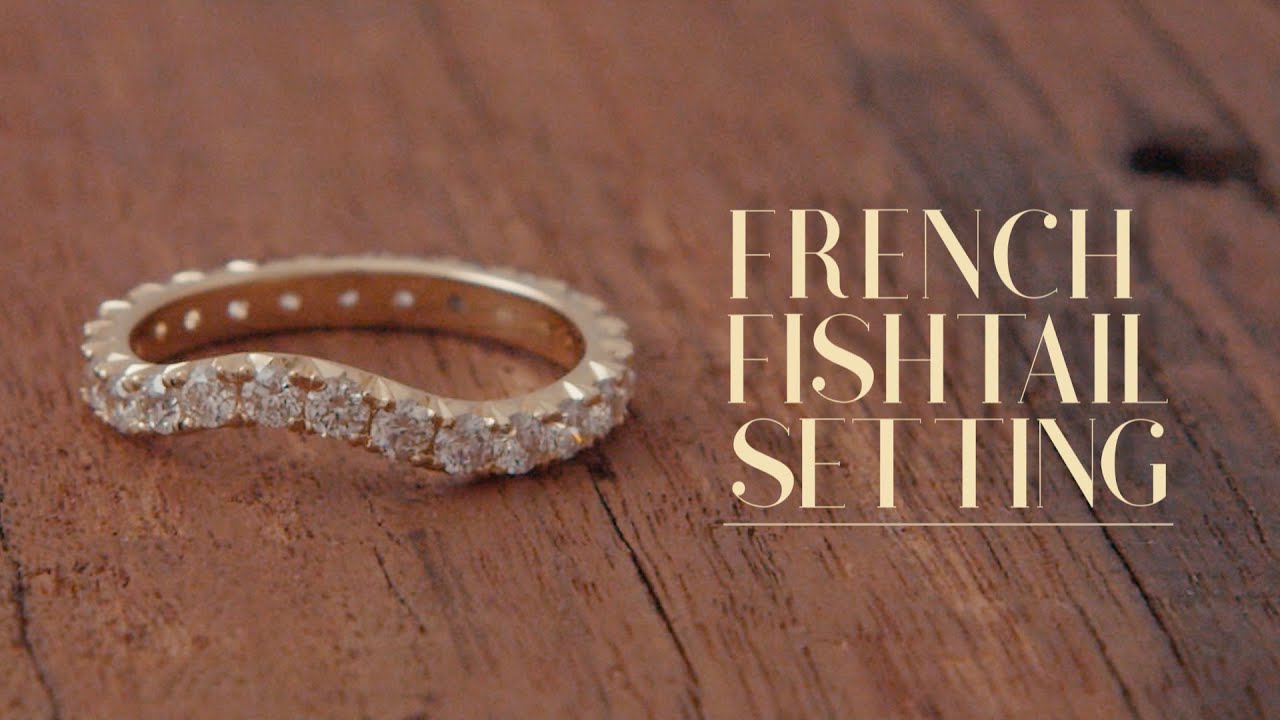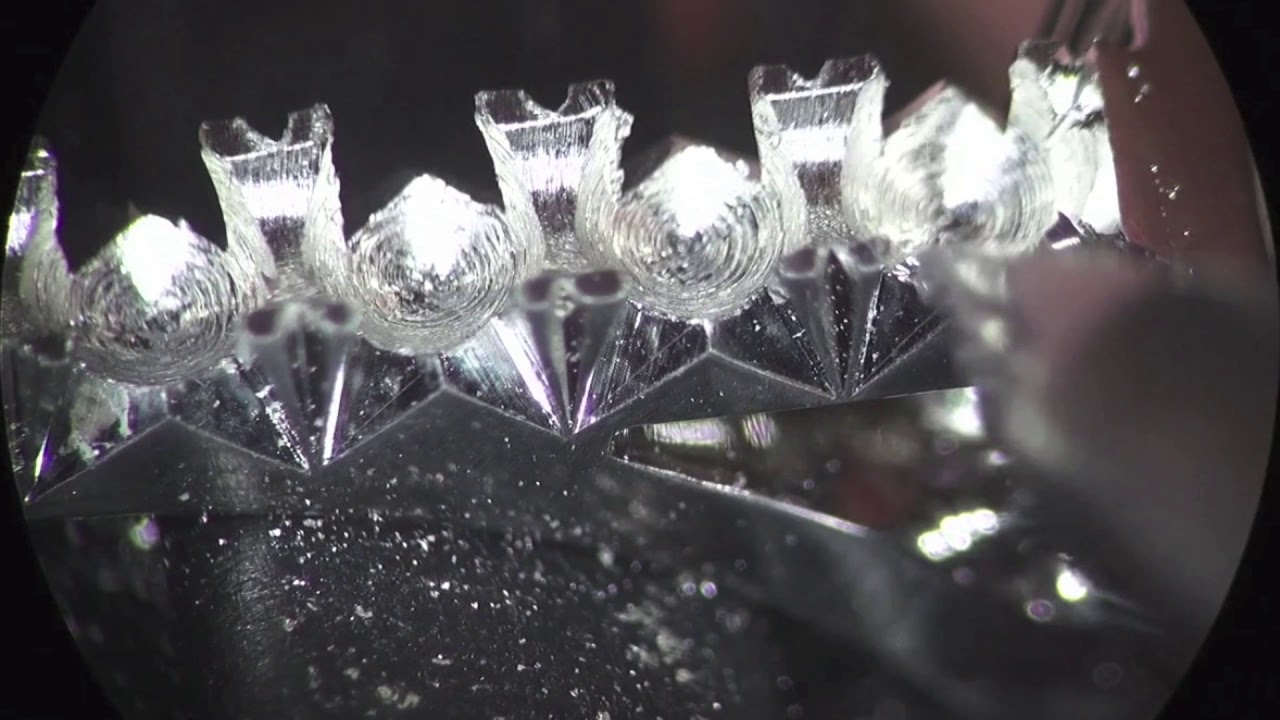Hello LilyMarie,
I am going to do some stream of consciousness replys to your comments!
(I will state here that these are all my personal opinions and experiences, so I do not have to preface my below comments with that 
graver preparation:
sharpening:
a properly sharpened graver is a major key to successful engraving. (more on this below)
If the cutting edge is sharpened properly, it should “cut like butter” with very little push pressure. When a graver is not sharpened properly there can be a tendancy to try to push harder, and this can be ineffective/ less effective and very dangeroius as well. the graver cutting edges need to be sharpened regularly…how often depends on how one is using the tool, the type of metal the graver is made of, etc…
preparing the graver- length:
First, I put the wooden handle on the graver. Be mindful of direction/ orientation to the handle if the handle has a flat spot (to keep it from rolling of the bench). To do this, I use a drill to make the hole in the handle a bit larger. Then clamp the graver into a bench vise, tip down, put the handle onto the tang end and tap it down firmly but gently onto the graver until it is firmly in place. (unless of course I am using collet style quick change handles, in which case that is a difference process.
Then I need to establish the appropriate length that I want the graver to be (graver and handle combined). There are rules of thumb on where the handle should hit the palm (to provide the best ability to move the graver forward) as well as where the tip of the graver should hit on the fingers (to provide the best control).
Once I establish this, I mark the graver with a sharpie line, put it into a bench vise jaws tip up), and take a hammer and break the excess graver tip off. It should break with one good whack. (I put an empty cardboard box near the vise to catch the flying graver tip.
preparing the graver- shaping:
once the graver and handle are the proper length of , I will take a sharpie and mark of the tip end of the graver where I will want to be grinding it down with the bench grinder. Bench grinders start at approximately $50-100. I use the side with the coarser wheel. I always use eye protection. I always stand to the side of the grinder when I turn it on, in case the wheel is cracked and flies off. I have used a heatless mizzy wheel on my flexshaft to shape my gravers, but it will take longer, and the graver still needs to be cooled in water to avoid overheating.
The reason for grinding/ shaping the tip end, is to remove metal, so that the actual tip cutting edge is not too big/ “tall”. This makes the frequent sharpening faster because there is less metal to sharpen. Also, the area I will be removing will no longer be there to get in the way when I am engraving. If the graver is too “tall” and the graver is at an angle, that tallness can make contact with the cuts or obstruct the line of sight. This will become more apparent later as more engraving practice is done. I often have “right-s side” and Left side" gravers, where the front edge is angled, and not perpendicular. they are kinda “directional”.
A critical point to note while grinding is that as I remove metal and make the tip narrower, it will heat up faster due to less metal (heat from friction with the grinding wheel. I dunk my tip into a cup of water after a few seconds on th3e wheel to keep it cool. If I get a blue/ purple discoloration on the tip then I have over heated the metal and will need to start over and grind down past this area.
preparing the graver- more on sharpening:
The cutting edge cuts…how smoothly and free of metal striations, and how polished the bottom of the graver is, determines how mirror bright the bright cut is…to get a mirror bright cut, the bottom and face has to be polished to a mirror finish…this is achieved a few different ways (diamond wheels on the flex shaft, ceramic wheels and diamond spray on the power hone, rouge or pencil lead! on crocus cloth glued to a flat piece of glass…the surface needs to be flat so the corners of the cutting edge are not softened…I think I am getting in the weeds here…but it is important…follow me it you can;)…
I struggled with breaking the tip off of my 52 round graver in the metal when lifting beads during bead setting, until I learned that I needed to move from the coarse india stone, to a finer stone after…this solved my initial problems. I bought various hard arkansas stones and surgical stones…not sure how useful they really were to me.
I attempted to learn how to hand sharpen for a few years, but I was never able to get a good edge. I was determined to learn and be like my mentor;)…but alas I came up short…My hand would rock…I could not correct for it…Other people are able to master this no problem…still others use various available fixtures and templates to help maintain concise alignment when sharpening…I ended up buying a GRS power hone, a dual angle fixture (to dial in the angles) and grinding wheels…it was not cheap, but it was one of the best tool investments I made. The precise and repeatable sharpening is hard to match, and the cutting edge is critical…you do not need a perfect edge, but it makes work and life easier.
with regard to your comments about power assisted engraving apparatus. I personally feel that it is not neccessary, per se…although I now use one. again, it is not about brute force and pushing the graver…it is about a beautifully sharp edge cutting through the metal like butter…if it is not cutting like this…I stop…and sharpen the graver…(learn to sharpen gravers better/ correctly…or buy a fixture/ templates/ sharpening stones…or buy a power hone set up…add all this up and compare to the price of a power hone set up, just so you know the difference in costs…) I try to stay really in tune with the connection between my hand and the graver cutting edge…if I lose the flowing feeling and start to push and do not catch myself, slips can occur…determination sometimes gets in the way of the intuitive zen relationship…
bead and bright setting, raising beads, pave, etc:
I took a stone setting class once where the teacher used an interesting setup to explain what is going one when you raise a bead!..she had a small altoid tin…filled with clay…she took a cylinder (i forget what it was) and pushed it into the clay to cut out a hole…then she used a wooden stick-like thing…possibly a pottery tool, to imitate a round graver, and demonstrated how to push the stick down into the clay, near the hole, and then move it forward to “raise” the bead of clay, up and over the edge of the hole…it was big and easy to see and understand…a bulge is created just inside the hole that will go "over the stone…the (jagged edged, sort of half spherical metal bead is then burnished down over the bulge and rounded smooth using a beading tool.
I started out using 52 round gravers to lift the beads and 40,41,42 gravers to cut the beveled bright cut “frames”. I also use square gravers alot. I have only recently started to use onglettes for other stone setting work.
Stone setting is one thing, and western engraving is another…
layout, marking, and drilling:
I would start with brass/ jewelers bronze/ nugold practice plates, and packs of different sizes of cubic zirconia…maybe…1.50mm, 1.75mm, 2.0mm, etc…
with pave, where I are aiming to set the stones girdle to girdle, with little metal in between, layout, marking, and drilling becomes critical as well…practice and developing good strategies helps here.
If I I are setting 1.5mm stones, and my centerpunch/ scribe mark is off, and then my drill “wanders” ever so slightly, or my holes are not spaced precisely, then when I go to set the stones, I will run out of real estate, or have too much…
when I drill out the pilot holes, I start with .5mm drills in a spiral hand drill, and then move to progressively larger drills…there are ways to “correct” alignment when drilling…
after the pilot holes are opened up, when I bur out the seats, I use round burs, in a pin vise, and hand twist to cut the seats…this allows me more precision…I am sure others use faster methods…I preimarily use this process for very small stones, where metal removal lis minimal at the seat stage…I use rotary tools with larger stones where there is more metal to remove.
I just mention this to emphasize how important layout/ marking/ drilling/ burring is to increasing precision…in the beginning it can be helpful to go slow, and really see what is happening and why…,make corrections with process as I go…
I am sure l will think of more things to say…but that is it fornow…
look up www.jewelrytrainingsolutions. videos by Peter Keep as well as some beginner ones by Soham Harrison. The training is set up like curriculum in a school…Peter has stone setting curriculum…a full access monthly pass is approximately $40-50 USD and in my opinion well worht the investment. I have taken many classes, etc and I feel this website is great, and the videos are close up, and Peter goes thru step by step, uses basic tools when possible, defines materials used, etc…I highly recommend.
Julie

 I think you had replied to one of my old posts some months ago and it was awesome to receive advice from you…
I think you had replied to one of my old posts some months ago and it was awesome to receive advice from you…


